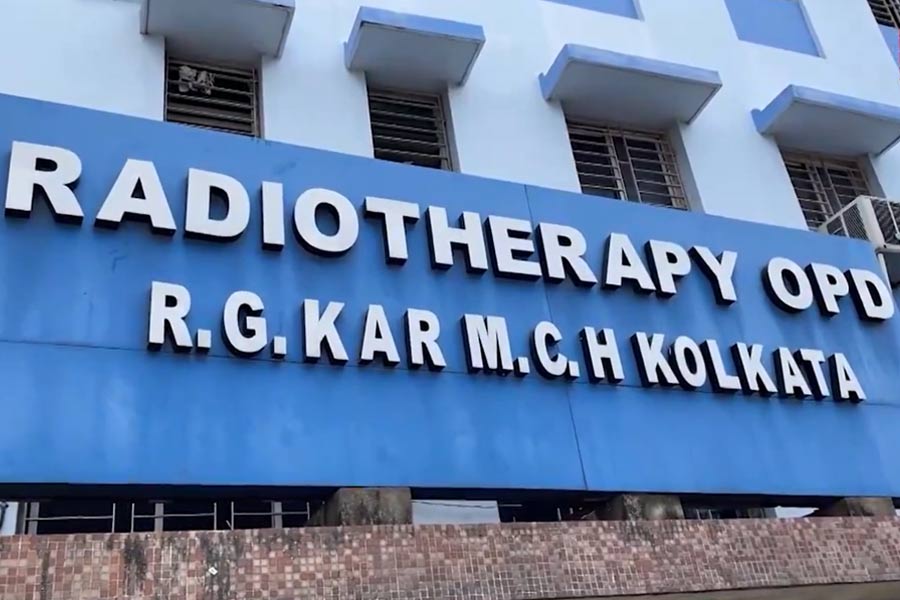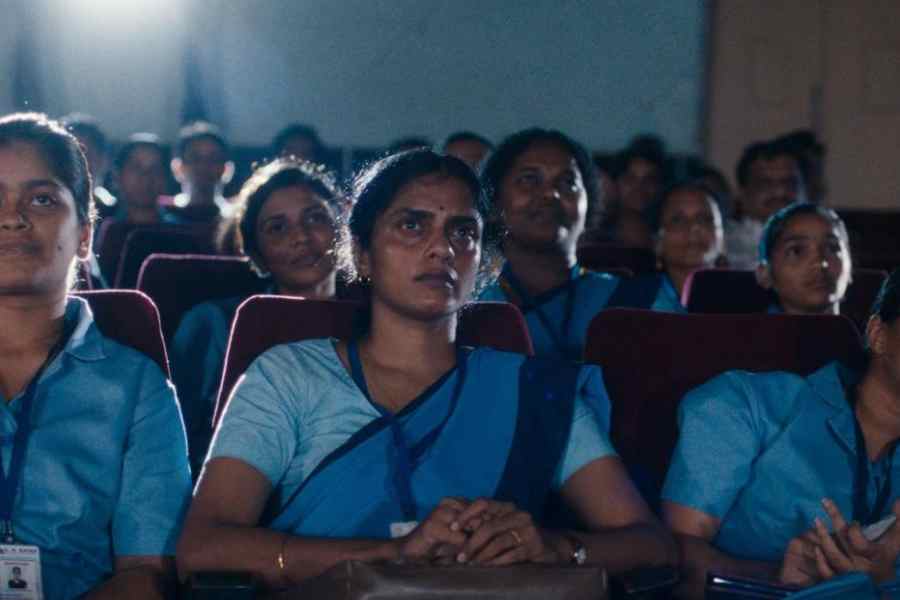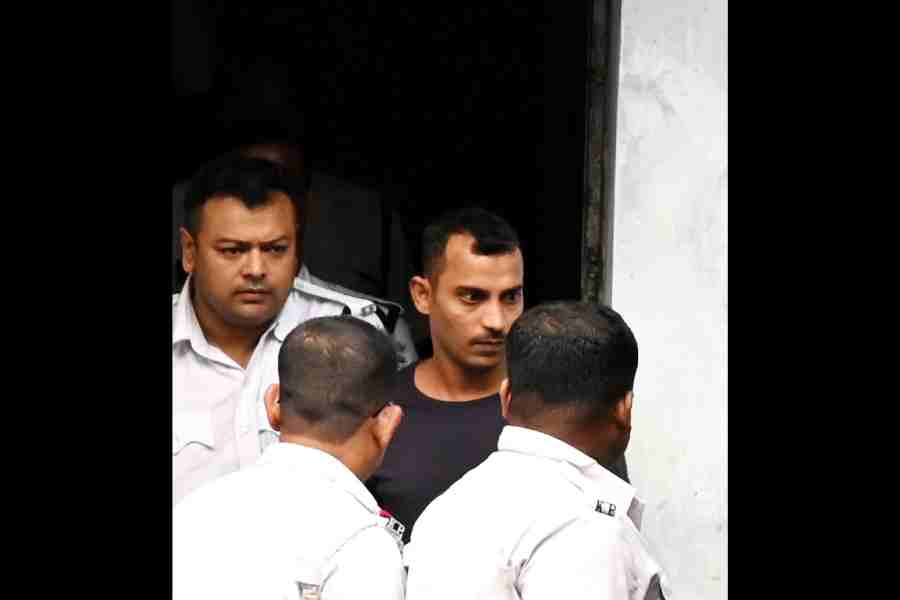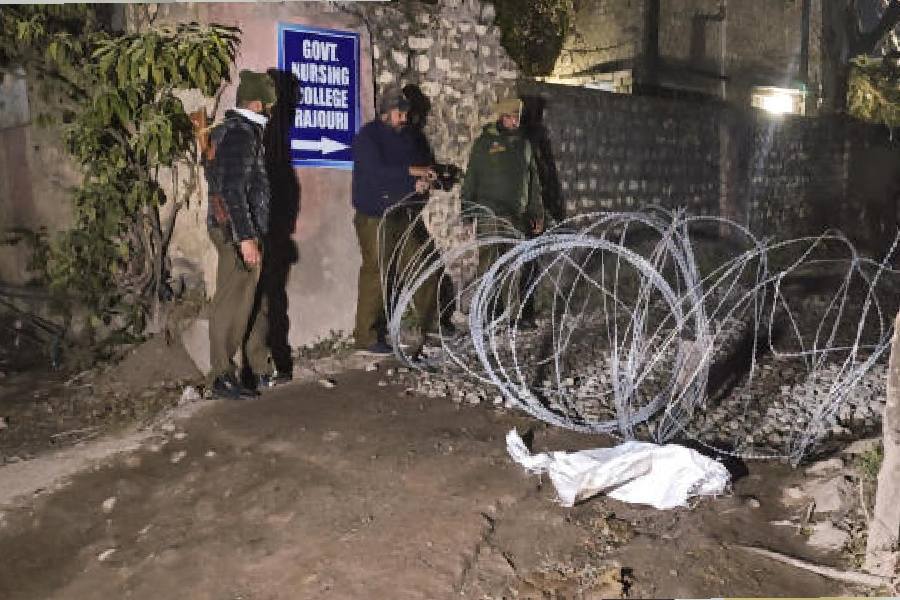The judgment that sent Sanjay Roy to life imprisonment in the RG Kar rape and murder has flagged faulty practices in the morgue where the post-mortem was done, blaming the system for possible sample contamination and ruling out foul play by the autopsy
surgeons.
The Telegraph has compiled a list of the judge’s observations that highlight the systemic shortcomings while explaining why the court felt the lapses did not affect the prosecution’s case.
Third DNA
According to the forensic findings, one of the swabs from the victim’s body contained a “very poor percentage of another DNA” (apart from those of the victim and Roy). Although the counsel for the victim’s parents argued in court that this indicated the presence of a third person at the crime scene, Roy’s lawyers did not raise this point during cross-examination.
Anirban Das, the additional district and sessions judge, Sealdah, concluded that this finding could be the outcome of a faulty procedure in swab collection.
Unsterilised tray
“In the post-mortem video it was found that other female dead bodies were lying
on the (morgue) floor and it also came out that the tray where the post-mortem
of this victim was done, was not sterilised prior to the examination,” the
judgment says.
A non-sterilised tray may also have been used to carry the body to the morgue and that could have led to the contamination of samples collected in the morgue, forensic
experts said.
Used gloves
“It also appears that the concerned assistant (Dom) did not change the gloves or dress/ apron prior to taking off the swab or vulvar mop. It is also clear from the said video that the knives/ scissors used for post-mortem were not sterilised,” the judgment says.
“This shows that the proper protocol was not followed due to lack of model infrastructure at the post-mortem centre to conduct the ideal post-mortem.”
“The doctors who have conducted the post-mortem had no other option but to do their duty in such poor infrastructure,” the judgment says.
“The said video shows that there was every possibility of contamination in the said post-mortem room and, for that contamination, the doctors who conducted the post-mortem should not be blamed.”
Sample collection
“It appears that the same (samples from the victim’s body) was collected in a gauze piece taken from a stack of gauze kept open in the autopsy room. In my view, the procedure adopted is enough for the highest degree of contamination,” the judgment says.
The judge has also explained why he was convinced of Roy’s guilt despite the possible contamination of samples.
100 per cent match
While the lawyers representing the victim’s parents linked the discovery of a third person’s DNA to the presence of another woman at the crime scene, this could not dilute the 100 per cent forensic match between Roy’s DNA and that in the saliva sample collected from the victim, the judgment says.
Roy’s lies
Roy said his saliva had been forcibly extracted in police custody and planted on the woman’s body.
“This argument is too weak to consider. This is because, when the accused was detained by police, the body of the victim was burnt to ashes. Obviously there was no scope of implantation of saliva of the accused,” the judgment says.
Contamination
Citing video clippings of the autopsy that exposed how bodies were kept or transported on unsterilised trays, and how samples of body fluids were collected with gauze kept in the open, the judge concluded that the system was to blame and there was no intentional contamination by the autopsy surgeons.
“This case is an eye-opener and leads us to hold that there was no scope for the doctors to conduct the post-mortem in the manner which is ideal. In my view, the doctors are bound to do their duty knowing fully well that there was lack of infrastructure. Before raising fingers (at) them, it must be considered,” the judgment says.
“On these grounds, I am not inclined to accept the argument of the Ld. Counsel of the Complainant (victim’s parents) on the point that the autopsy surgeons intentionally sent contaminated samples for DNA analysis or the accused was not at all involved.”










